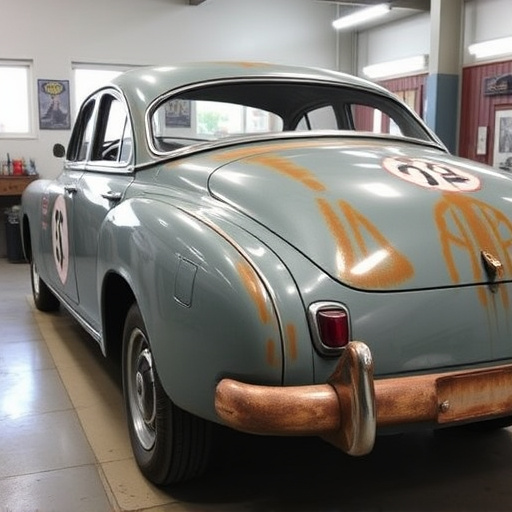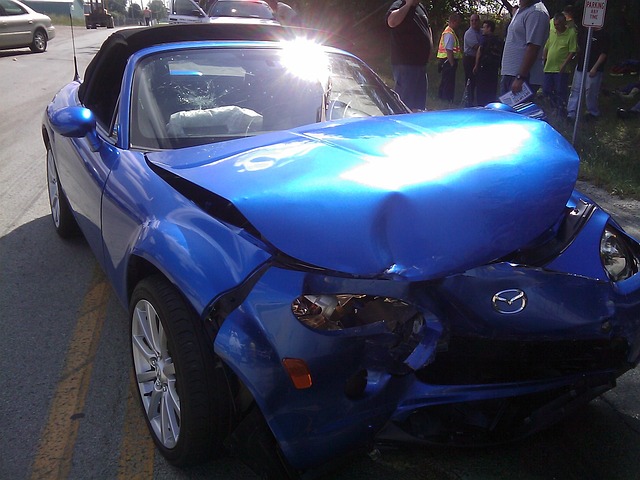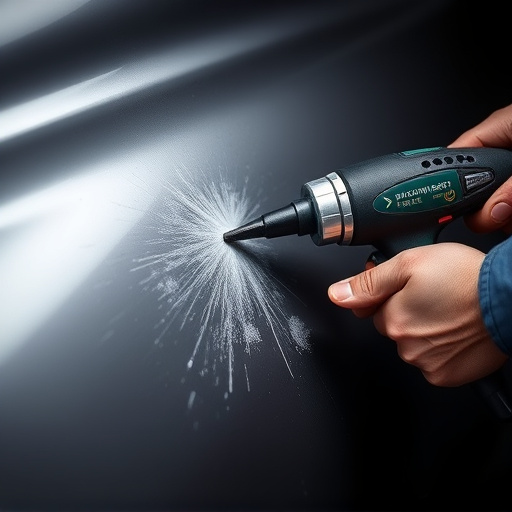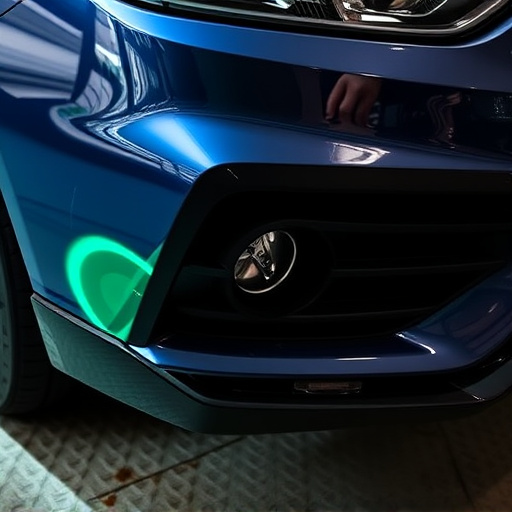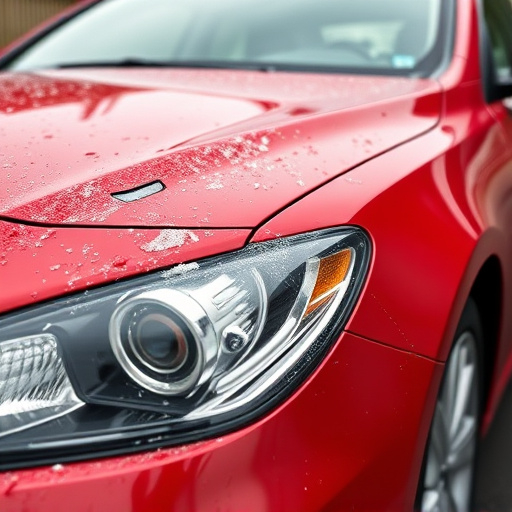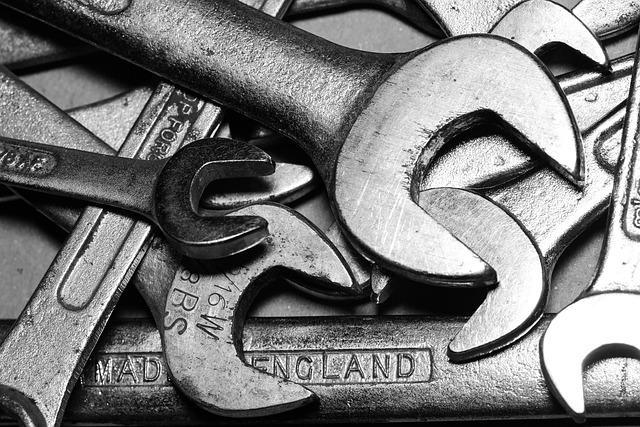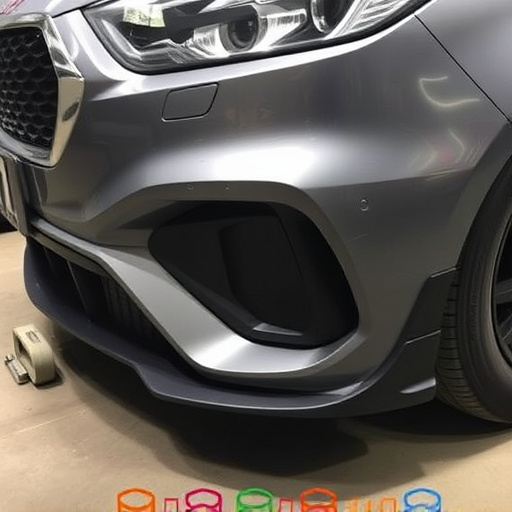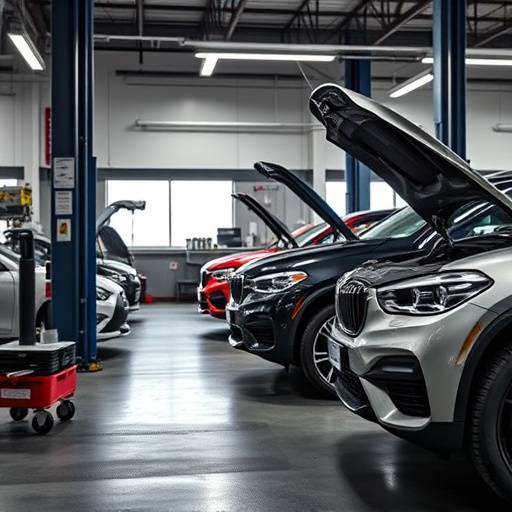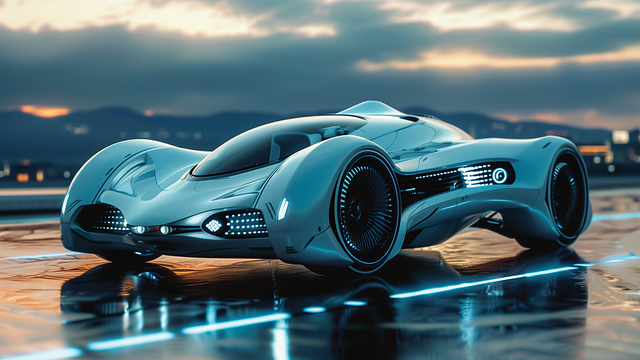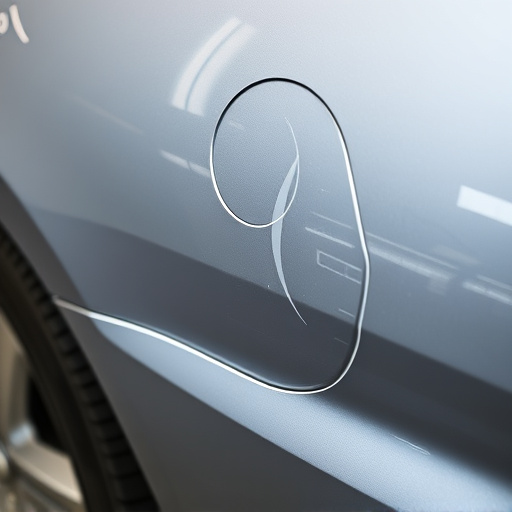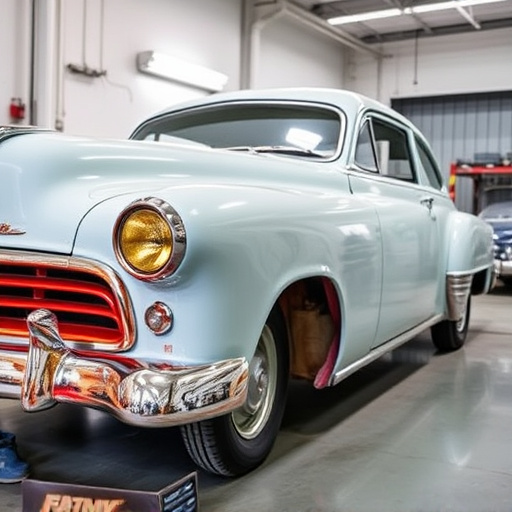Mercedes 48V system repair involves understanding key components like electric motor, ISG, battery pack, and control units for optimal energy management. Early symptom recognition of issues like EPS problems or battery degradation prevents costly repairs. Skilled mechanics use advanced tools for accurate diagnosis, troubleshooting complex problems, and considering interdependent systems for holistic restoration of 48V system efficiency and reliability.
Unraveling the intricacies of a Mercedes 48V hybrid system is paramount for efficient repairs. This advanced electrical architecture, integrating both conventional and electric motors, demands specialized knowledge. In this comprehensive guide, we demystify the components crucial for understanding common faults plaguing these systems. By identifying telltale symptoms, you’ll master diagnosis techniques and discover effective repair strategies to ensure optimal Mercedes 48V system performance, enhancing both efficiency and reliability.
- Understanding Mercedes 48V Hybrid System Components
- Common Faults and Symptoms to Look For
- Diagnosis and Repair Strategies for Optimal Performance
Understanding Mercedes 48V Hybrid System Components
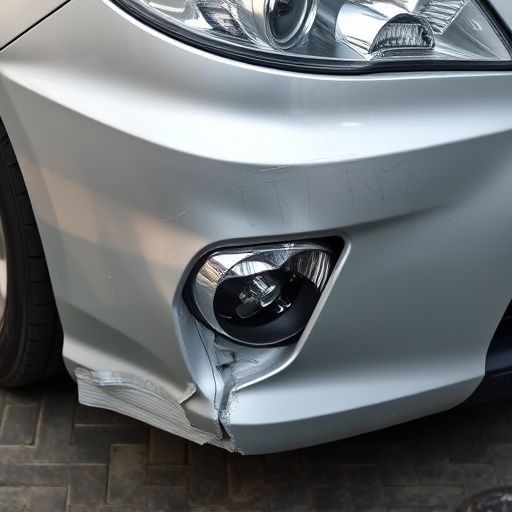
Mercedes 48V Hybrid systems are a complex network of components designed to balance electric and internal combustion power for optimal efficiency. Understanding these parts is crucial for effective Mercedes 48V system repair. Key elements include the electric motor, integrated starter generator (ISG), battery pack, power electronics control unit (PECU), and hybrid control unit (HCU). These components work in harmony to manage energy flow, adjust engine output, and enhance fuel economy.
Knowing how each part functions enables technicians to pinpoint issues accurately. For instance, a malfunction in the ISG may manifest as a loss of power during acceleration or slow response times. Similarly, problems with the battery pack can result in reduced electric range or poor vehicle performance. Skilled mechanics leverage specialized diagnostic tools and techniques to assess these components, ensuring proper functioning through meticulous auto glass repair, meticulous collision repair services, or precise car paint services.
Common Faults and Symptoms to Look For
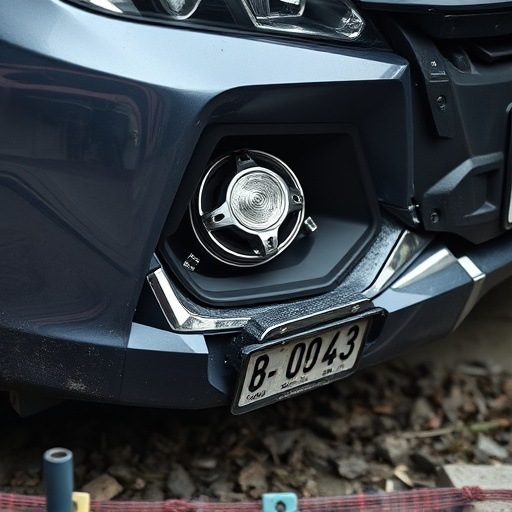
When it comes to diagnosing faults in Mercedes 48V hybrid systems, recognizing common symptoms early can prevent costly vehicle repair services and streamline the process for both drivers and mechanics alike. One of the most frequent issues involves the electric power steering (EPS) system, which may display warning lights indicating a problem with its operation. This can result in a less responsive steering feel during driving, particularly at lower speeds. Additionally, unusual noises coming from the steering column or difficulty maintaining parking position are clear indicators that an EPS repair might be necessary.
Another prevalent fault is associated with the hybrid system’s battery pack. Over time, these batteries can degrade, leading to reduced energy efficiency and potential safety risks. Signs of a battery issue may include diminished electric range, slower engine response during acceleration, or even a strong odor coming from the vehicle’s underbody. Prompt attention to these symptoms could prevent more serious problems, as proper Mercedes 48V system repair ensures optimal performance and enhances overall driving experience, keeping your hybrid vehicle safe and reliable on the road.
Diagnosis and Repair Strategies for Optimal Performance
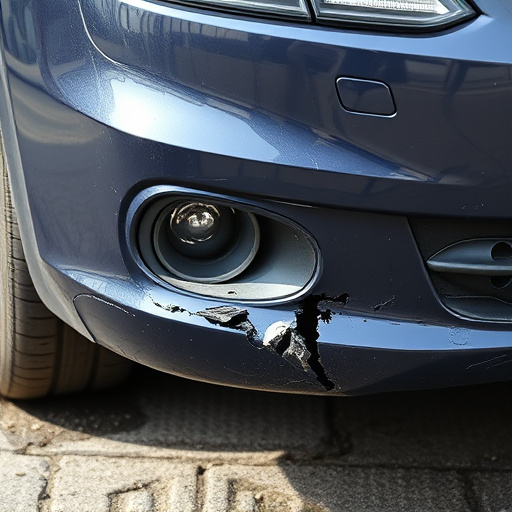
Diagnosing and repairing Mercedes 48V hybrid systems requires a strategic approach for optimal performance. Start by utilizing advanced diagnostic tools that are compatible with the car’s sophisticated electronics, ensuring accurate identification of any issues within the 48V system. This may include checking power supply voltages, monitoring battery health, and scanning for error codes from various sensors and modules. Once faults are located, a targeted repair strategy can be implemented.
For complex problems, a step-by-step troubleshooting process is essential. This could involve replacing faulty components like inverters or DC/DC converters, reconditioning batteries, or even addressing issues with the hybrid control unit. Moreover, it’s crucial to consider interdependent systems—for example, how auto glass replacement or paintless dent repair might indirectly impact 48V system performance during the repair process. A holistic approach ensures that the Mercedes 48V hybrid system is restored to its peak efficiency and reliability.
Diagnosing and repairing faults in Mercedes 48V hybrid systems requires a thorough understanding of their intricate components. By identifying common issues like voltage fluctuations, communication errors, or component failures early on, you can ensure optimal vehicle performance and extend the life of these advanced systems. Employing effective diagnosis strategies and adhering to specialist repair guidelines is key for successful Mercedes 48V system repairs, ensuring drivers experience a seamless blend of electric and internal combustion power.
